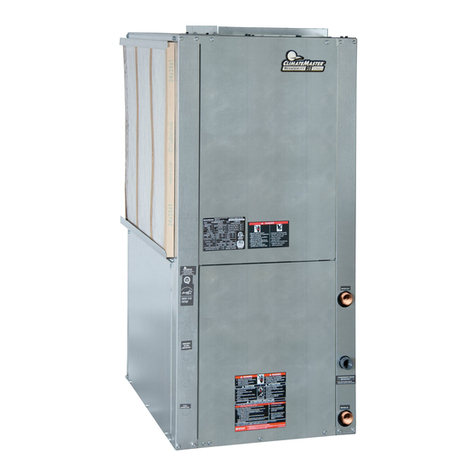ClimateMaster CS Series User manual
















This manual suits for next models
1
Table of contents
Other ClimateMaster Heat Pump manuals
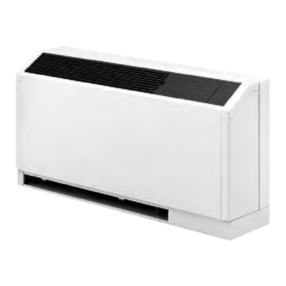
ClimateMaster
ClimateMaster Console CCE Series User manual
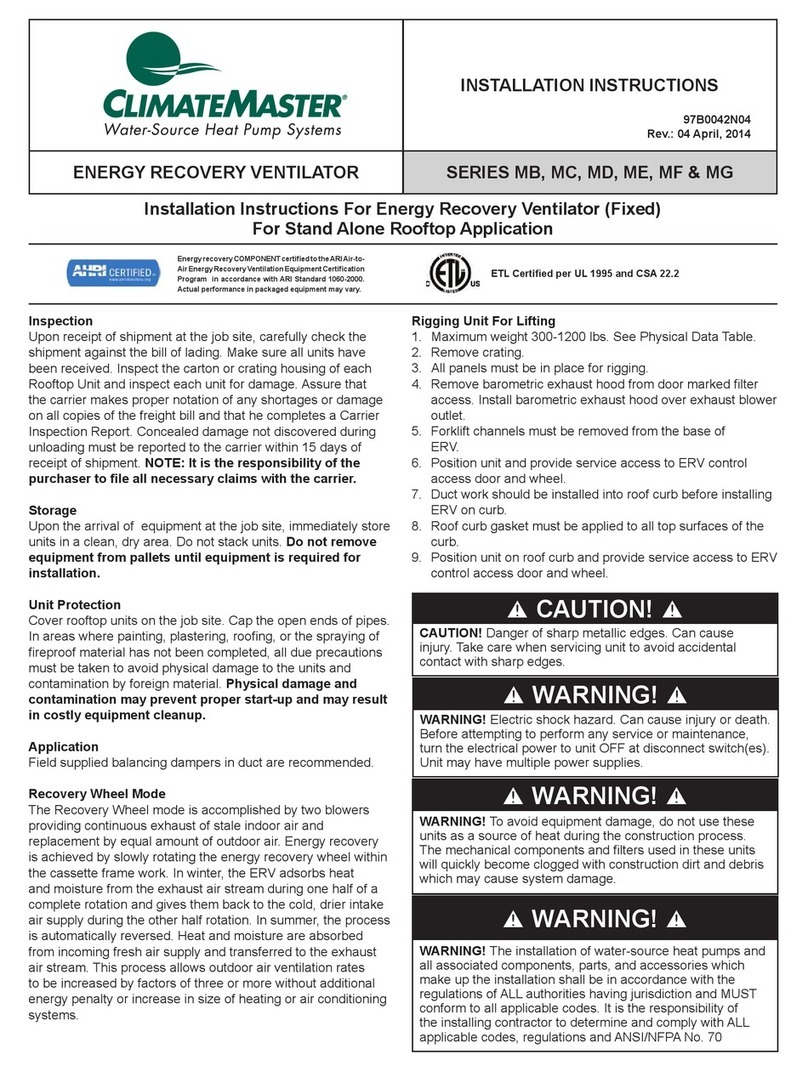
ClimateMaster
ClimateMaster MB Series User manual
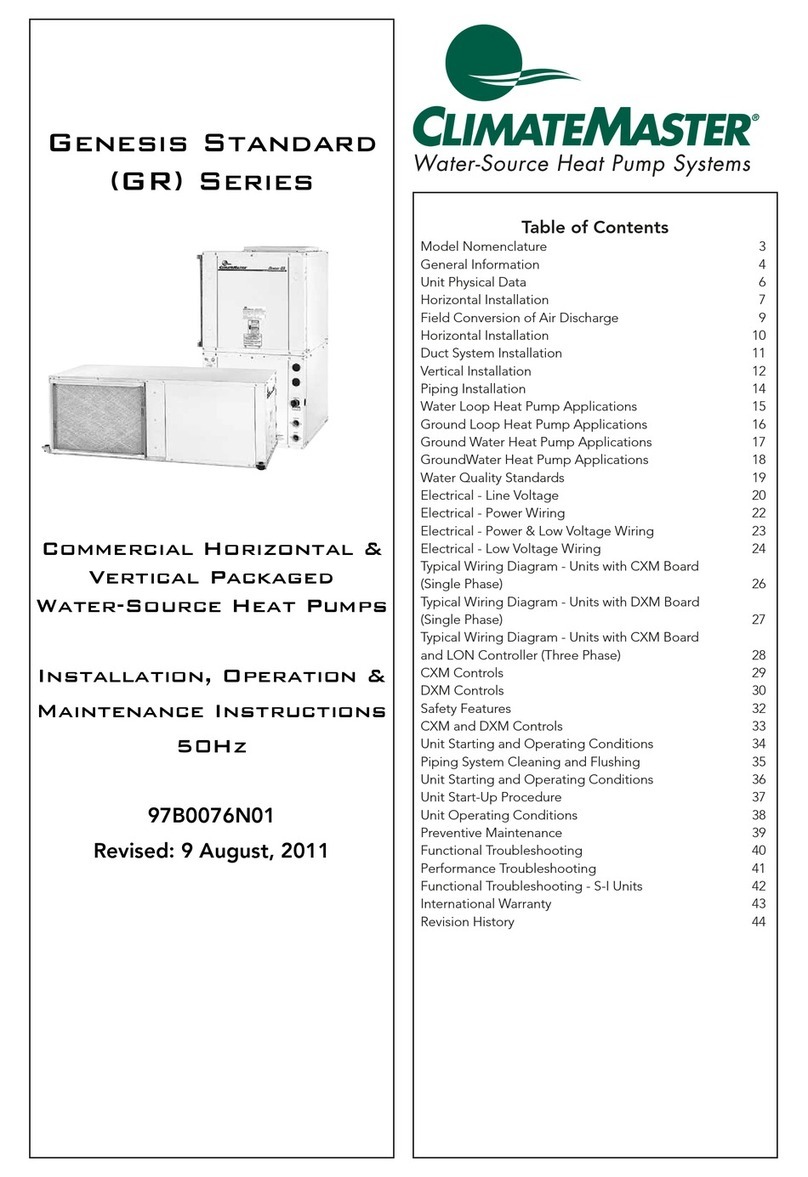
ClimateMaster
ClimateMaster Genesis Standard (GR) Series Guide

ClimateMaster
ClimateMaster Tranquility TSM Series Owner's manual

ClimateMaster
ClimateMaster Tranquility 30 TE026 Guide
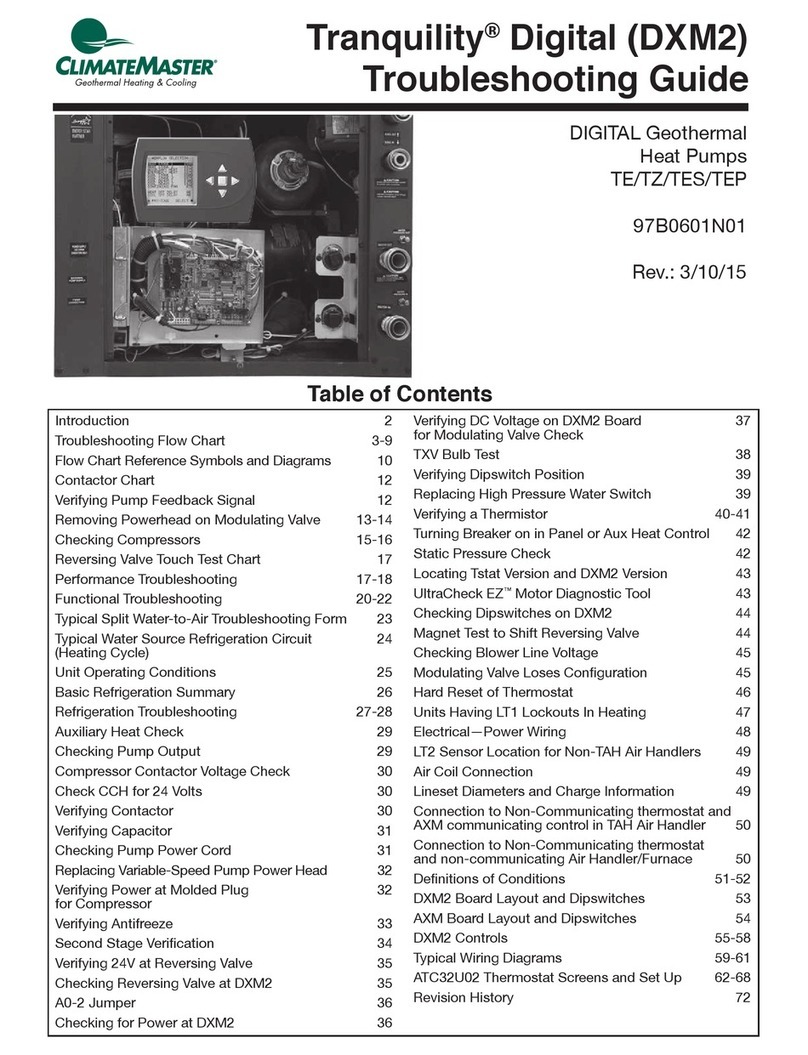
ClimateMaster
ClimateMaster Tranquility Digital DXM2 User manual
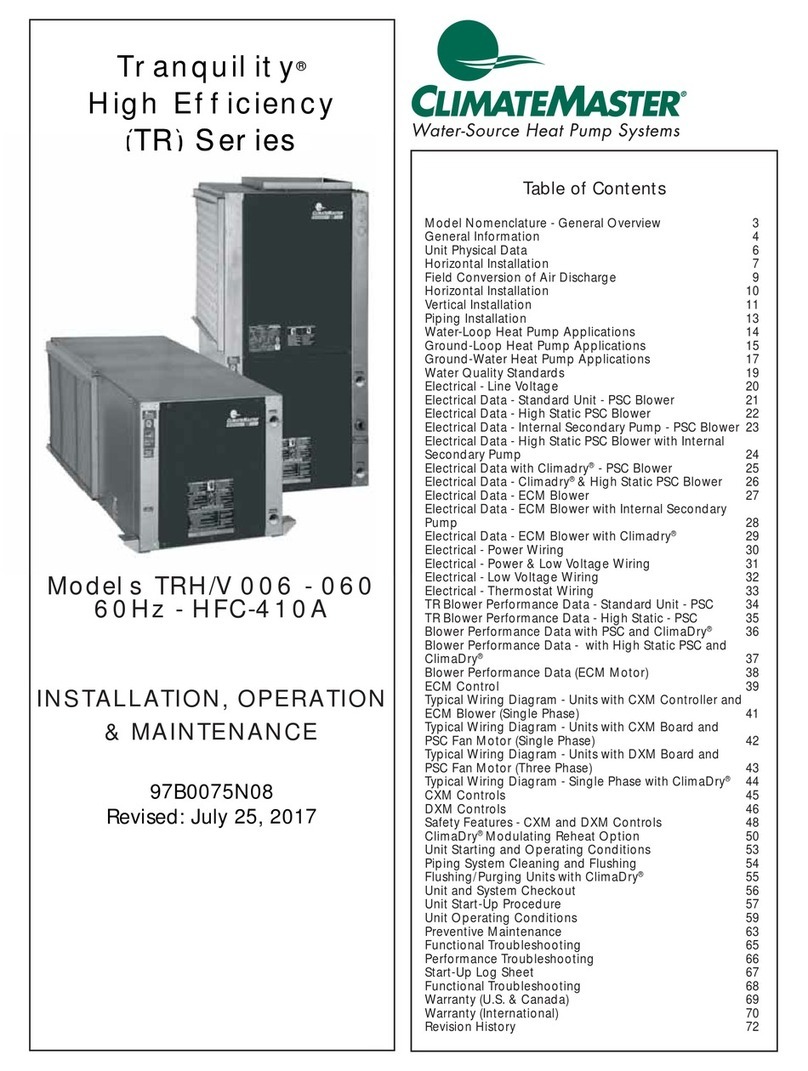
ClimateMaster
ClimateMaster Tranquility TRH 006 Owner's manual
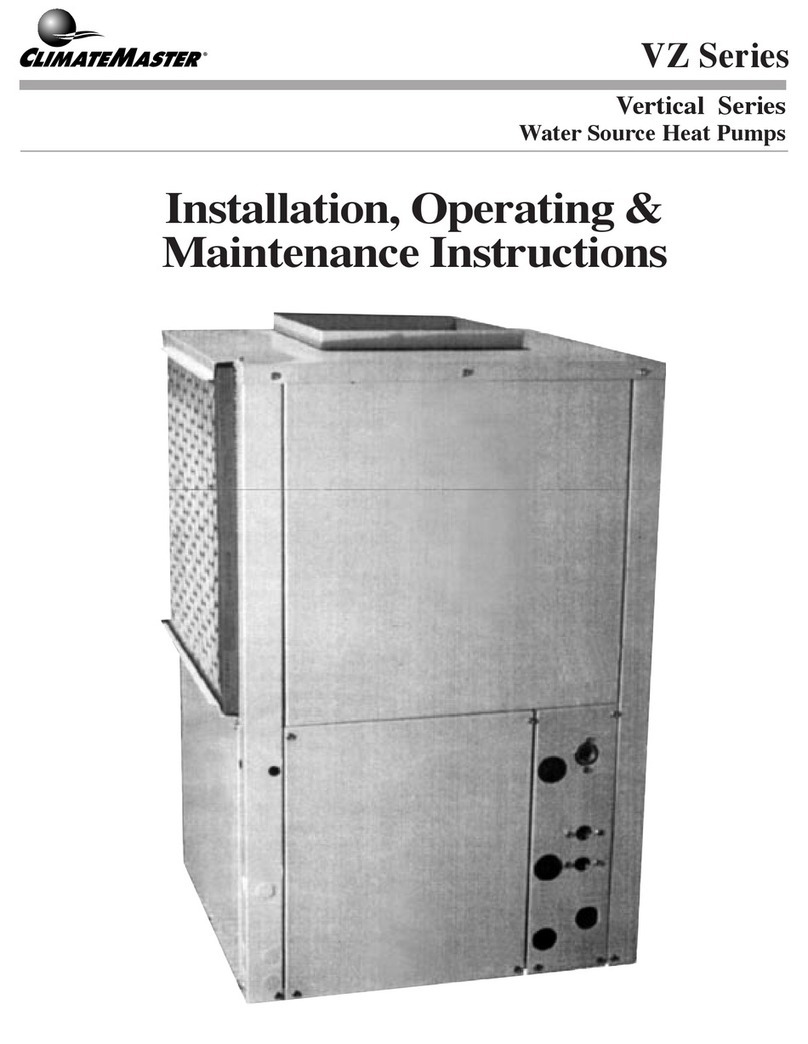
ClimateMaster
ClimateMaster VZ Series Assembly instructions
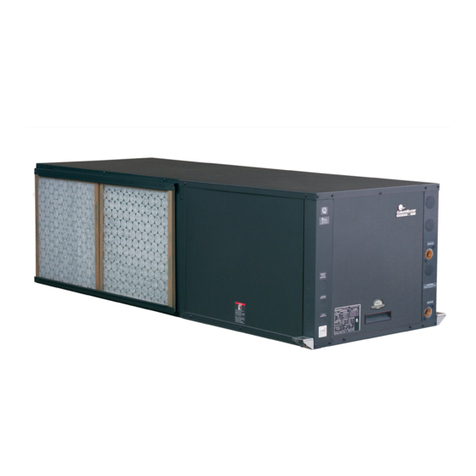
ClimateMaster
ClimateMaster Tranquility 20 TSD 006 Series Owner's manual

ClimateMaster
ClimateMaster Ultra Classic VT 072 Guide

ClimateMaster
ClimateMaster Tranquility 27 (TT) Series Guide

ClimateMaster
ClimateMaster Tranquility 30 Digital TE Series Guide

ClimateMaster
ClimateMaster CCE07 Series Guide

ClimateMaster
ClimateMaster Tranquility 27 Guide

ClimateMaster
ClimateMaster Tranquility TY Series Owner's manual
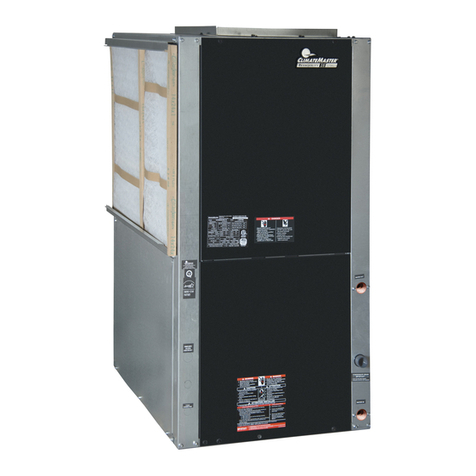
ClimateMaster
ClimateMaster Tranquility 16 Compact Series Owner's manual

ClimateMaster
ClimateMaster Trilogy VE Series Guide
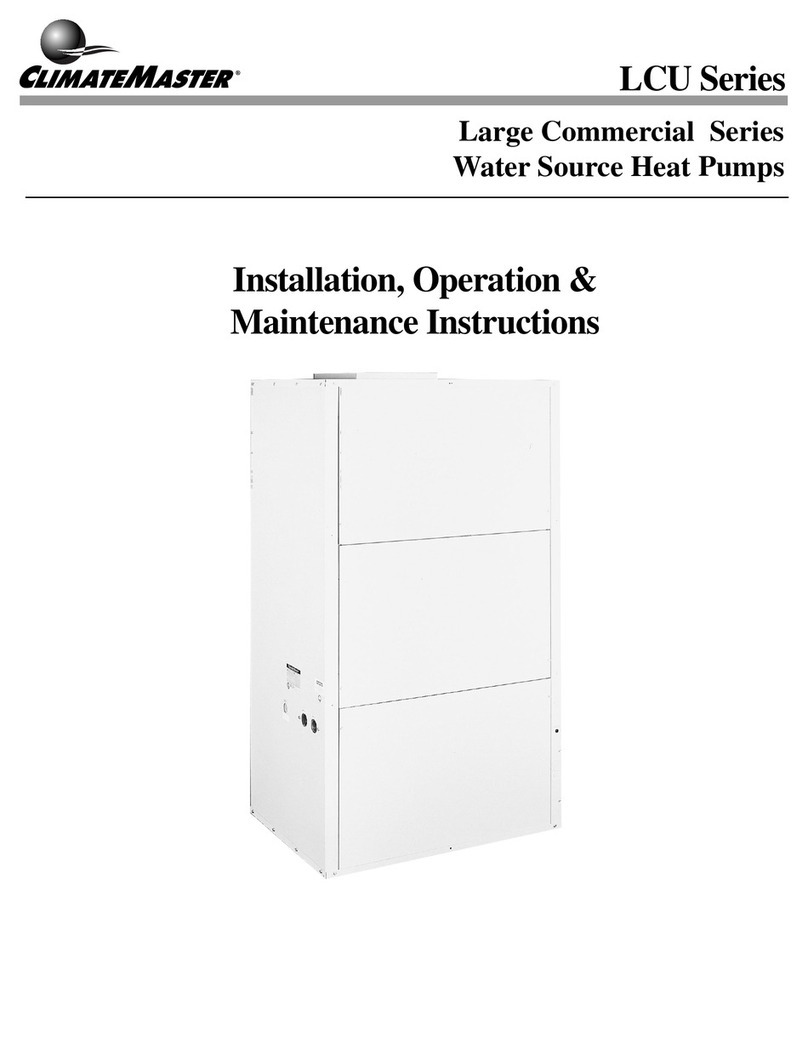
ClimateMaster
ClimateMaster LCU Series Guide
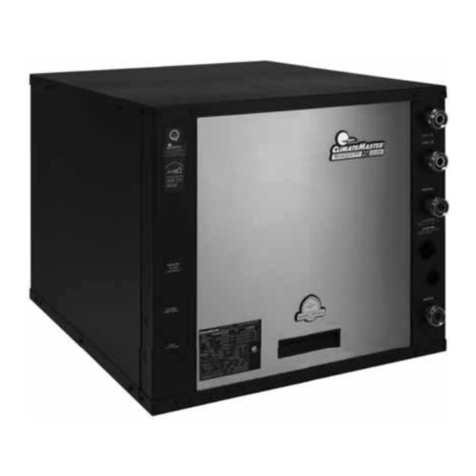
ClimateMaster
ClimateMaster Tranquility 27 Split (TTS) Series 97B0047N02 Guide
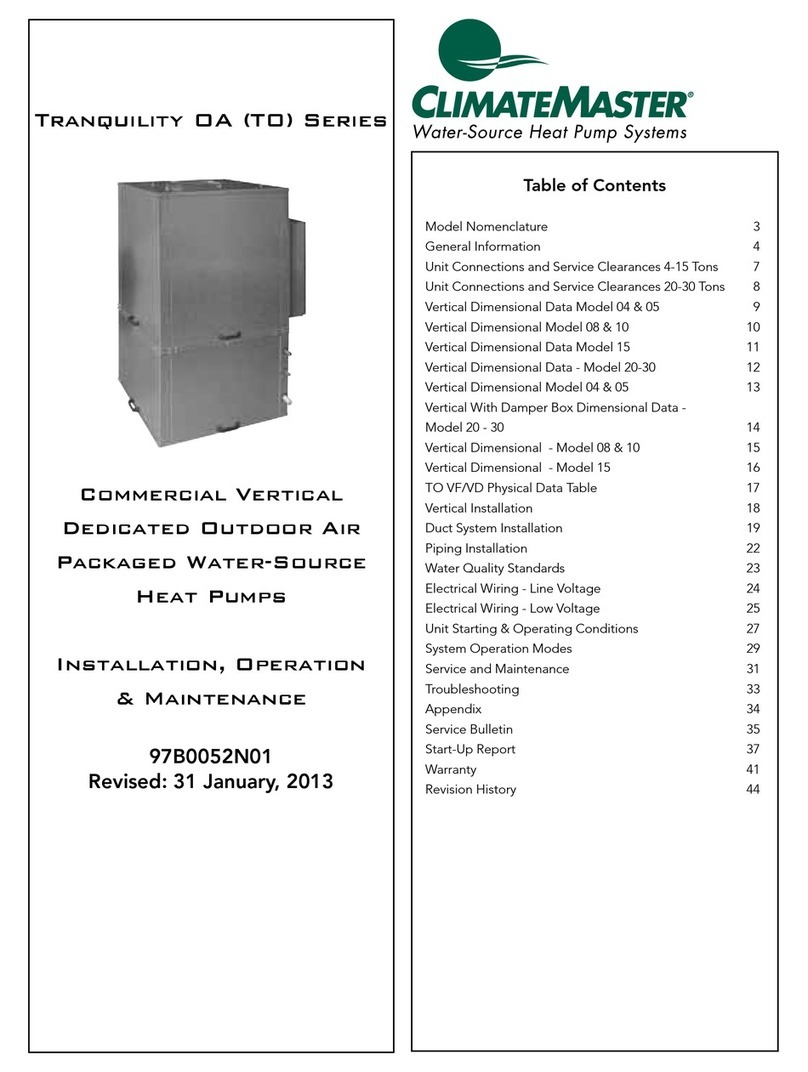
ClimateMaster
ClimateMaster Tranquility OA Series Owner's manual
Popular Heat Pump manuals by other brands
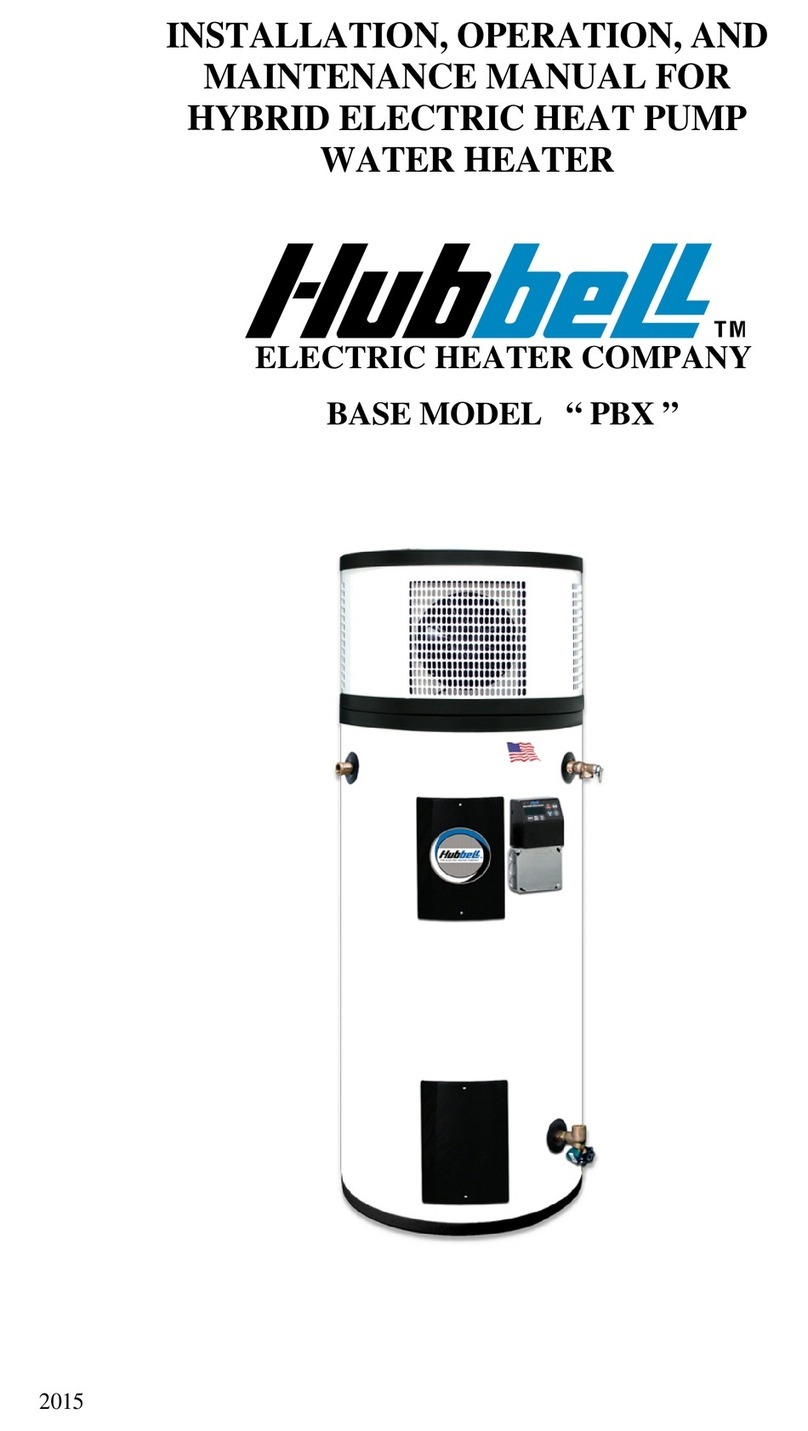
Hubbell
Hubbell PBX Series Installation, operation and maintenance manual
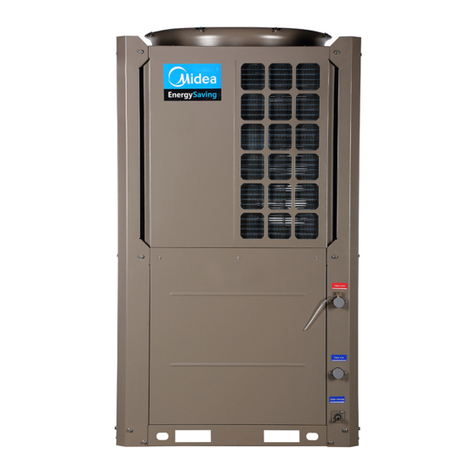
Midea
Midea RSJ-120/ZN1-540V1 Technical manual
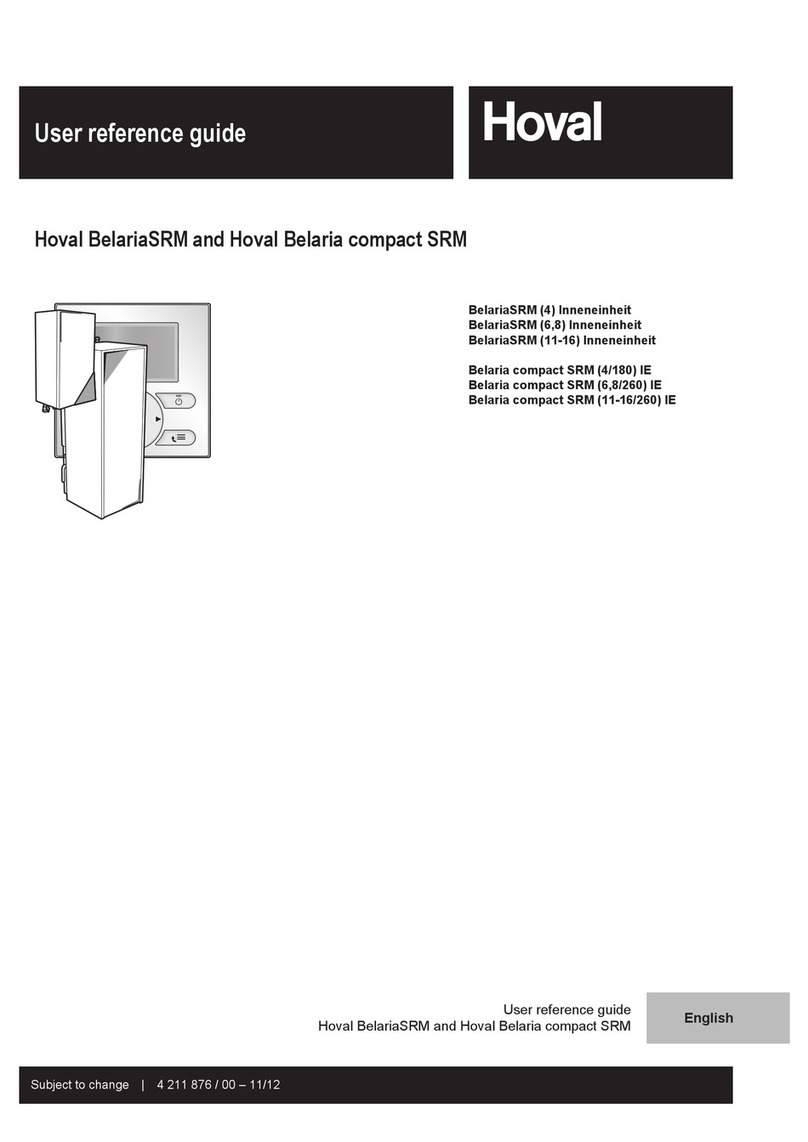
Hoval
Hoval BelariaSRM 4 User reference guide
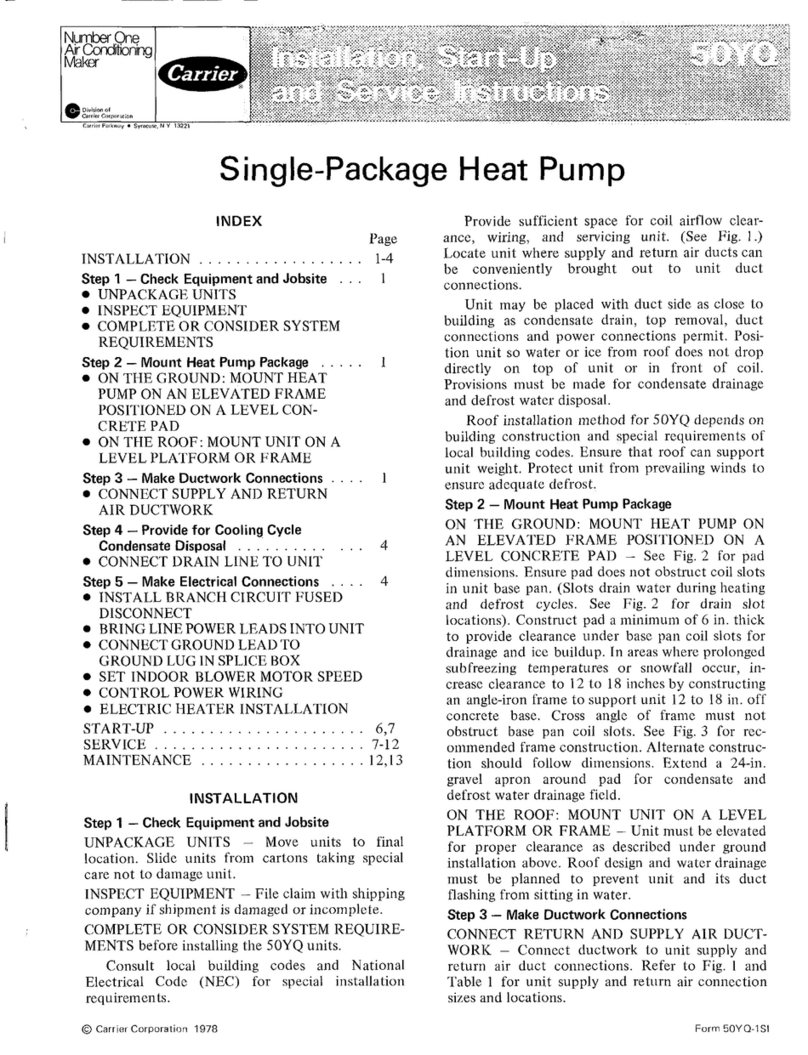
Carrier
Carrier 50YQ Installation, Start-Up and Service Instructions
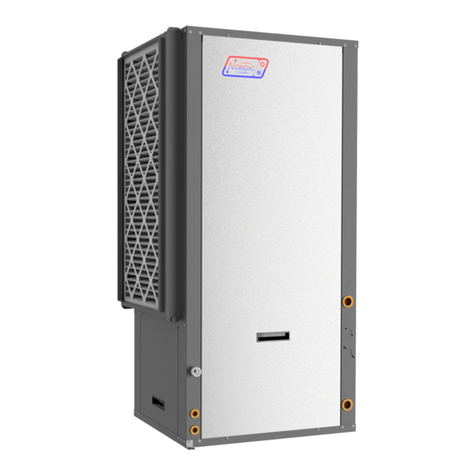
Nordic
Nordic R-Series Installation and service manual

CIAT
CIAT AQUACIAT POWER ILD Series instruction manual
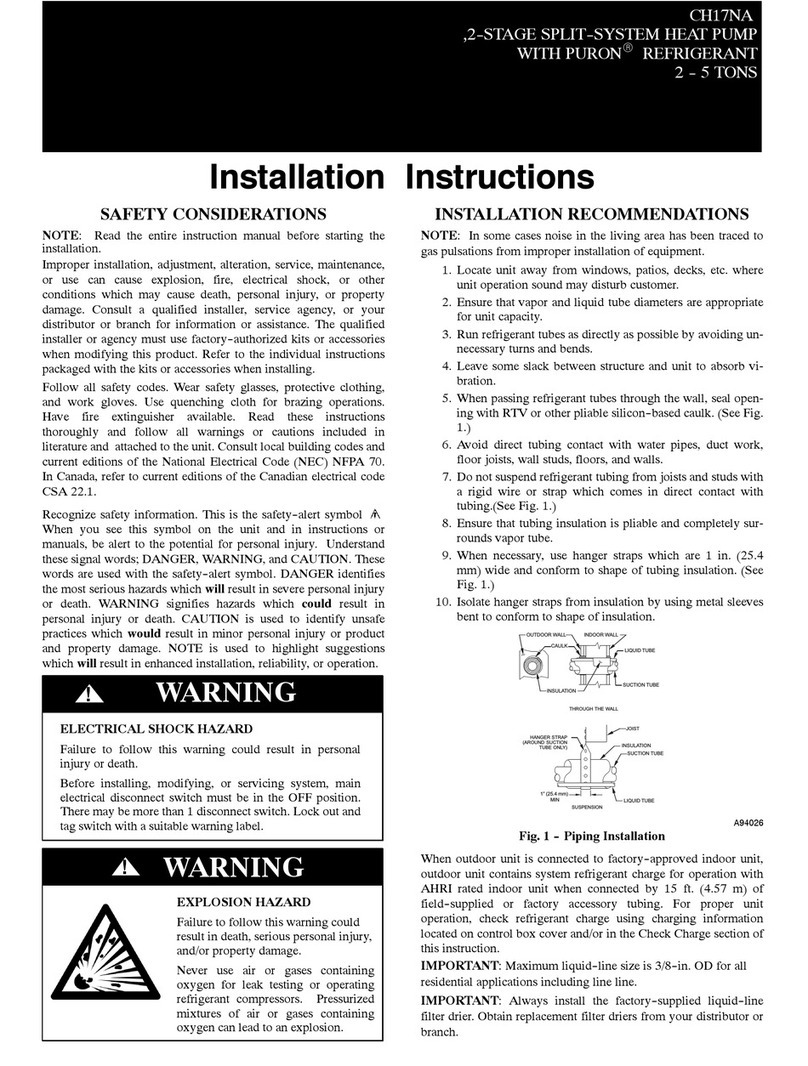
Bryant
Bryant CH17NA installation instructions
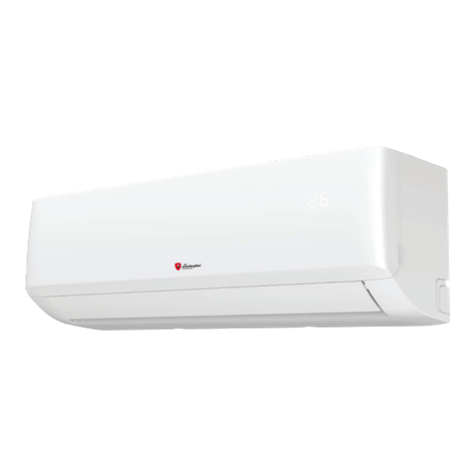
Lamborghini Caloreclima
Lamborghini Caloreclima RUBINO PLUS Use and maintenance manual
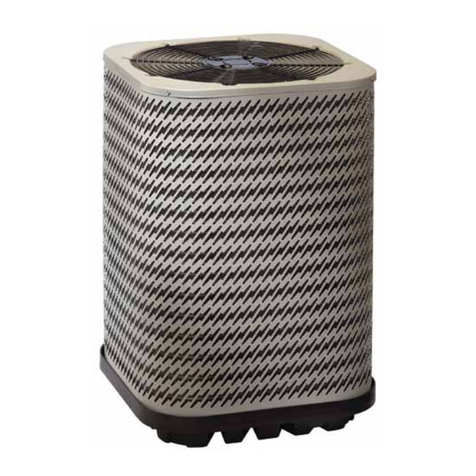
Nordyne
Nordyne T5BD Series user manual

LG
LG Therma V 5BPM5-01B Product data book

aquatherm
aquatherm Omni-Swim OS140 installation manual
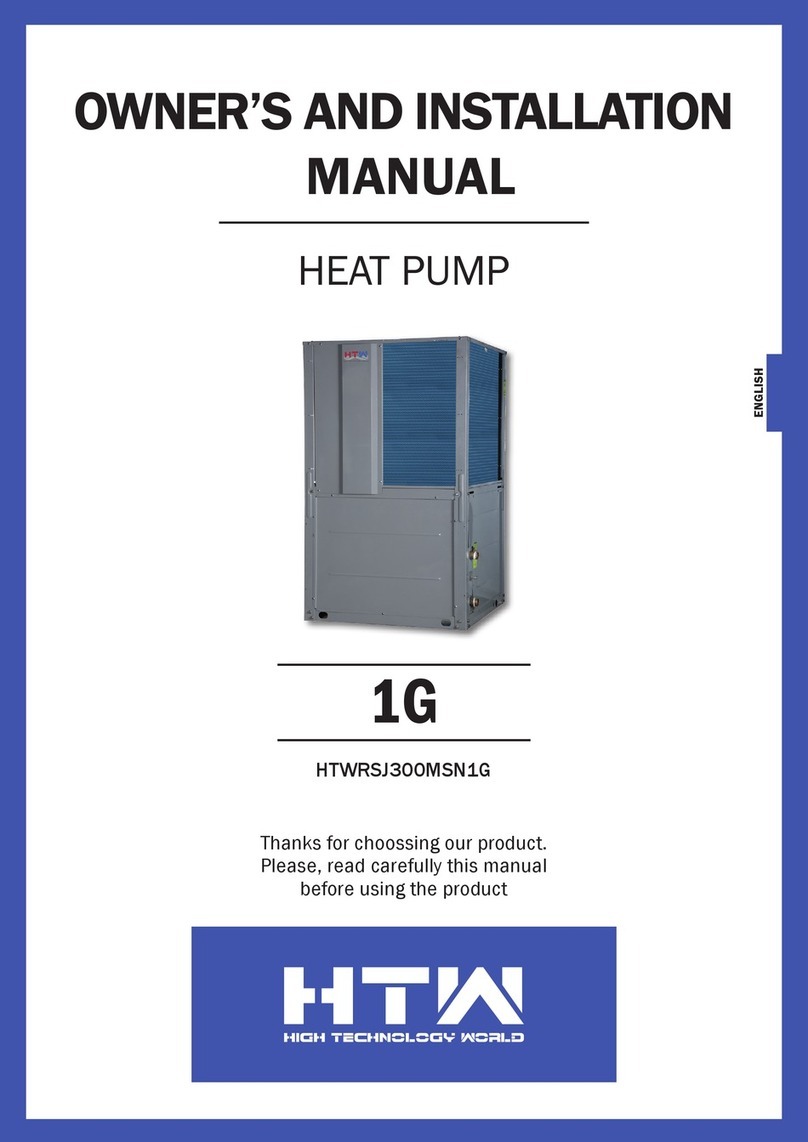
HTW
HTW 1G Owners and installation manual
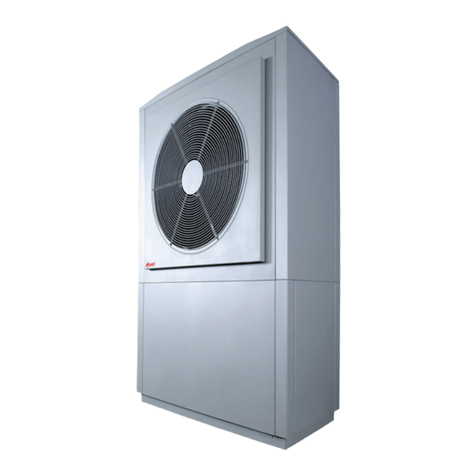
auer
auer HRC 70 32 three-phase /3 Installation and user manual

Ariston
Ariston NIMBUS POCKET 40 M EXT NET Technical Instructions for Installation and Maintenance

Dimplex
Dimplex LI 15TE Installation and operating instructions

Daikin
Daikin RXYQ5PY1 Service manual

Interline
Interline 59695230 instruction manual
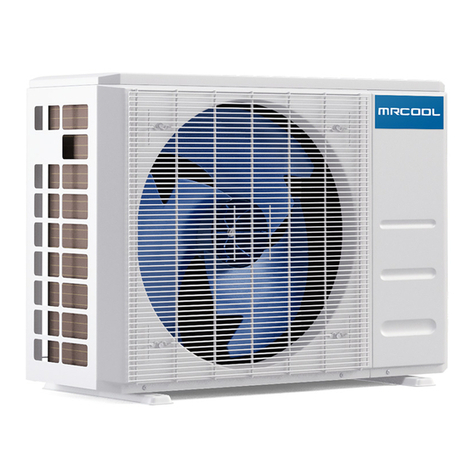
MrCool
MrCool DIY E Star Series Owners & installation manual


